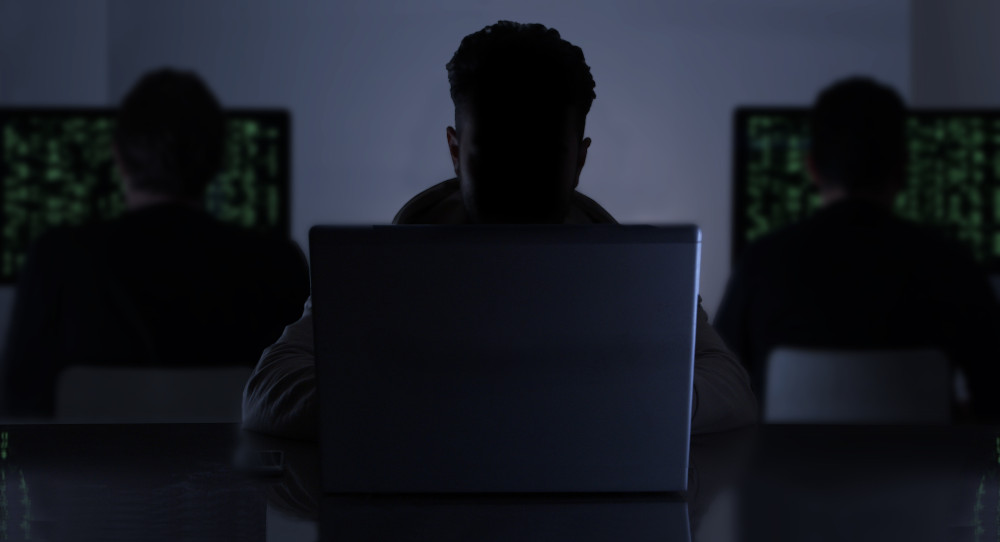In a world where headlines are dominated by the latest breach, organizations cannot afford to rely solely on reactive security measures, lest they become the next headline. The threats entities face have become more sophisticated and more prevalent than ever before. Organizations across all industries are constantly under attack as malicious actors work to gain access to sensitive data and critical assets. As is the way, from the darkness comes light and a new buzzword was born: threat hunting. Proactive threat hunting is another important weapon that every organization should have in its arsenal.
Threat hunting is more than just a flashy trend in the cybersecurity industry — it is an active and interactive process of proactively looking for network threats that have evaded other detection capabilities. Unlike other reactive measures that rely on alerts and indicators of compromise, threat hunting relies on skilled security professionals, with hands on the keyboard, actively searching for signs of a cyber attack and adversarial behaviors that could indicate a possible breach on the network. Threat hunters work by first formulating hypotheses about attacker behavior in the environment and then using their analytical skills to assess the data in their environment and determine if the data supports or refutes those hypotheses. This is a continuous process for the threat-hunting team and provides the structure of how they operate inside their IT environment.
Early detection and response
Time is of the essence. The longer an adversary has access to the network, the more damage they can cause. The impacts span exfiltrating confidential or sensitive information to causing irreparable harm to valuable data and systems. Threat hunting enables an organization to detect threats sooner, rather than relying on automated detection alone, minimizing potential harm and engaging the incident response team sooner, rather than waiting for a critical issue to highlight a present threat. Threat hunters can interrupt and disrupt active adversaries, help to contain breaches and prevent an incident from escalating.
Detect the undetectable
Traditional signature and rule-based detection methods will often miss more evolved attacks used by the current spate of sophisticated threat actors. Threat hunting can bridge this gap by having skilled professionals actively looking for the types of adversarial behavior that would go unnoticed by traditional methods. By leveraging advanced techniques, skilled threat hunters can detect anomalies that have been missed, identify hidden indicators of compromise and uncover stealthy adversaries automated systems may have missed, potentially saving an organization hefty fines and reputational damage if attackers are left undiscovered on their networks.
Proactive defense
Threat hunting allows an organization to add a proactive strategy to its defense strategy, working hand-in-hand with its existing security operations centers and security teams. Threat-hunting teams hunt for Indicators of Compromise and suspicious behaviors on the network, finding many before they’ve had a chance to trigger an automated alert. By taking this more proactive approach, threat hunting allows organizations to anticipate or identify and neutralize threats before they become costly cyber incidents, enhancing overall cybersecurity posture.
Better visibility and understanding networks
Threat hunting provides a unique opportunity to gain a deep understanding of both networks and systems. Through regular hunting, cybersecurity teams can explore and analyze network traffic, logs and other data sources to identify patterns, detect outliers and, in the process, discover potential weak points that can be shored up before they become initial breach vectors. This increased visibility empowers the organization to make more informed decisions regarding their security initiatives, improve incident response and overall fortify their cybersecurity posture.
Continuous improvement
The cybersecurity landscape is ever-changing, with threat actors constantly adapting and refining their tactics so that they can evade traditional detection methods and remain unseen to automated network defenses. Since threat hunting relies on continuous improvement, it encourages organizations to continually enhance their threat-hunting inputs, including threat intelligence, to stay ahead of emerging threats. By incorporating threat hunting into security operations, it is possible to establish a feedback loop that fosters ongoing learning, proactive defense and the ability to adapt to the latest attack vectors.
Threat hunting offers a proactive and adaptable approach to cybersecurity, empowering organizations to seek out and respond to threats that otherwise might have gone unnoticed. By investing in and implementing threat-hunting capabilities, organizations improve their chances of staying ahead of threat actors, protecting their assets and bolstering their overall security posture. Embrace the power of threat hunting and pave the way for a safer and more resilient digital future.
Read the results of our new Global IT Executive Survey: The Innovation vs. Technical Debt Tug of War.
To learn more about our cybersecurity solutions, contact us.





